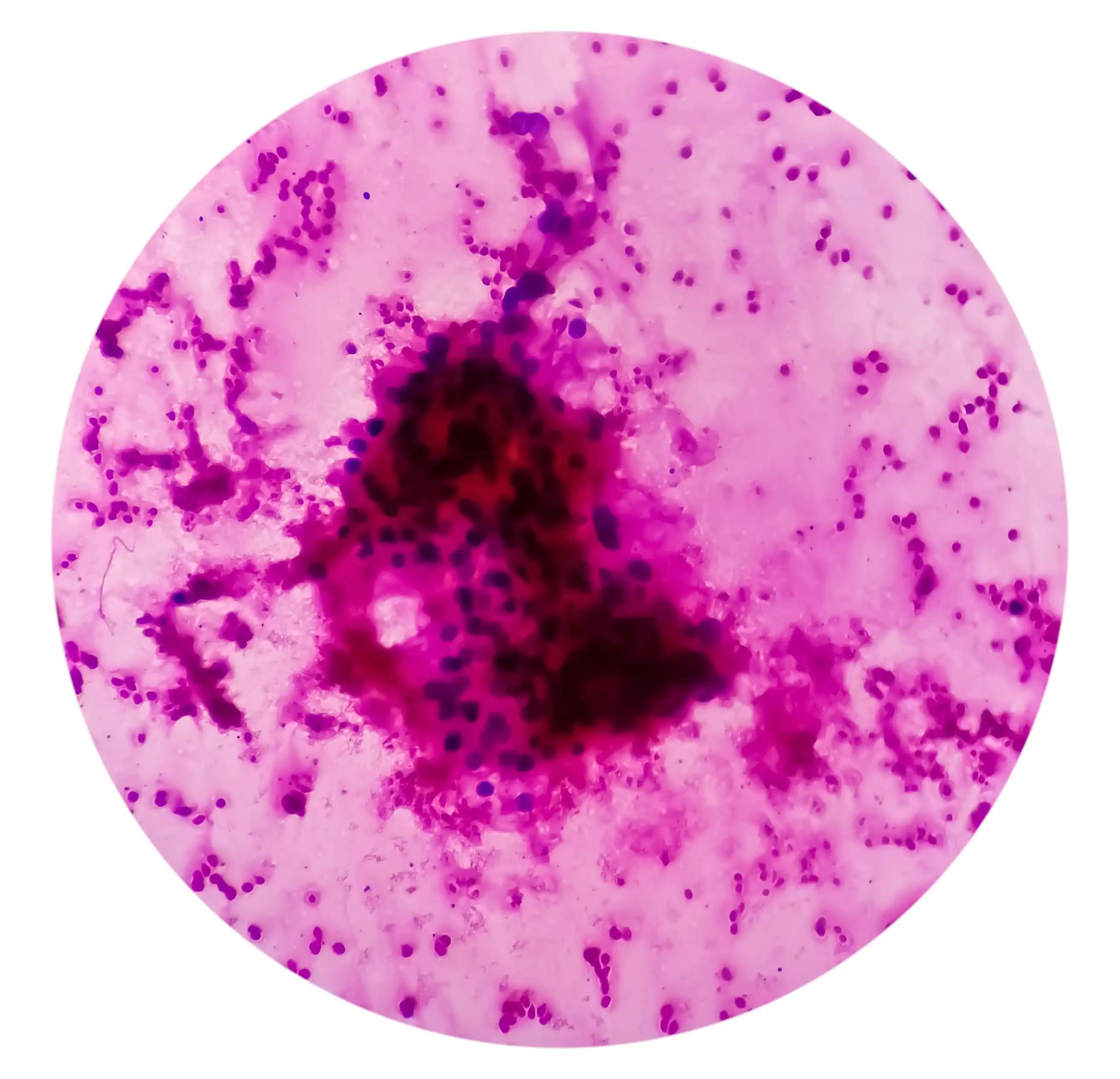KEY TAKEAWAYS
- The phase 1 trial aimed to enhance PET imaging of HIF2alpha in pts with ccRCC with [18F]PT2977, optimizing synthesis, validation, and FDA readiness.
- The anticipated outcomes were expected to reveal the correlation between PET signal readout and HIF2alpha expression.
Despite extensive advances in targeted new therapies, 5-year survival rates for patients with metastatic renal cell carcinoma (mRCC) remain approximately 11% nationally. Compared to existing targeted therapies, the development of inhibitors targeting hypoxia-inducible factor 2 (HIF2) offers several potential advantages.
HIF2 inhibitors specifically target clear cell RCC (ccRCC) tumor cells, providing a more direct and potentially selective approach than angiogenesis inhibitors or immunotherapy. These drugs not only inhibit angiogenesis but also impact tumor cell survival, stemness, and proliferation. While HIF2 is essential for tumor cells, it is largely dispensable for most physiological processes, including general angiogenesis. Therefore, targeting HIF2 represents a promising therapeutic strategy due to its activity and tolerability.
The HIF2alpha inhibitor belzutifan demonstrated remarkable activity and tolerability in patients with familial kidney cancer and von Hippel-Lindau (VHL) syndrome, leading to U.S. Food and Drug Administration (FDA) approval on August 13, 2021. However, the efficacy of HIF2 inhibitors is limited by the development of resistance, often accompanied by mutations of the drug target. These mutations reveal an intrinsic dependency on the target for tumor growth, often exploited through 2-generation inhibitors. Data have shown that HIF2alpha is a core dependency in ccRCC.
Xianka Sun and the team aimed to investigate HIF2alpha expression in ccRCC, a theranostic method was developed by radiolabeling PT2385, a 1-generation HIF2alpha inhibitor, with fluorine-18 for positron emission tomography (PET). An FDA investigational new drug (IND156933) approval was obtained for human dosimetry assessment and phase I trials in patients with ccRCC. Initial patient scans demonstrated net unidirectional radiotracer uptake rates in 2/3 of HIF2alpha-positive subjects and exquisite specificity.
However, rapid metabolism, likely due to in vivo glucuronidation, prompted the evaluation of a second-generation HIF2alpha inhibitor, PT2977 (belzutifan), developed to escape glucuronidation. PT2977 differs from PT2385 in that it consists of a vicinal difluoro group instead of a germinal one, improving in vivo pharmacokinetics by blocking glucuronidation, decreasing lipophilicity, and enhancing potency.
The study proposes a practical synthetic pathway for [18F]PT2977, harnessing our expertise from developing [18F]PT2385. The key objective is to ensure efficient production of the radiotracer, which is essential for the advancement of PET imaging of HIF2alpha in pts with ccRCC.
For the validation of PET imaging with [18F]PT2977, experiments will be conducted using 10 tumorgraft models with RCC, encorporating varied levels of HIF2alpha expression. These studies will elucidate the association between PET signal readings and intracellular HIF2alpha expression levels, which is pivotal for evaluating the radiotracer’s diagnostic potential.
Furthermore, rigorous evaluation of the in vivo stability of [18F]PT2977 will be performed using established LC/MS methodologies or services provided by the Metabolism Core. This assessment includes biodistribution studies to determine radiation dosimetry and clearance rates, which are pivotal for understanding the radiotracer’s pharmacokinetics and safety profile.
Following these procedures employed for [18F]PT2385, the reliability and reproducibility of [18F]PT2977 production will be validated. These efforts are essential milestones on the way to securing FDA approval under an IND application, paving the way for translational studies aimed at clinical applications of [18F]PT2977 in pts with ccRCC.
Anticipated outcomes include improved detection and monitoring of HIF2alpha in various cancers, potentially transforming diagnostics and treatment strategies in oncology and beyond, such as in cardiac ischemia and strokes.
While the study design focused on identifying and developing new strategies for screening, early-stage detection, and accurate diagnosis and prognosis prediction of kidney cancers, examples included biomarkers and advanced imaging techniques.
The trial was sponsored by Orhan Kemal Oz & Translational Research Partnership Award.
Source: https://kcrs.kidneycan.org/wp-content/uploads/2024/06/KCRS24-Abstract-Book-6.27.24.pdf
Clinical Trial: https://clinicaltrials.gov/study/NCT04989959
Sun X, (2024). “PET Imaging of HIF-2a in Renal Cancer.” Presented at KCRS 2024, (Abstract 78).



